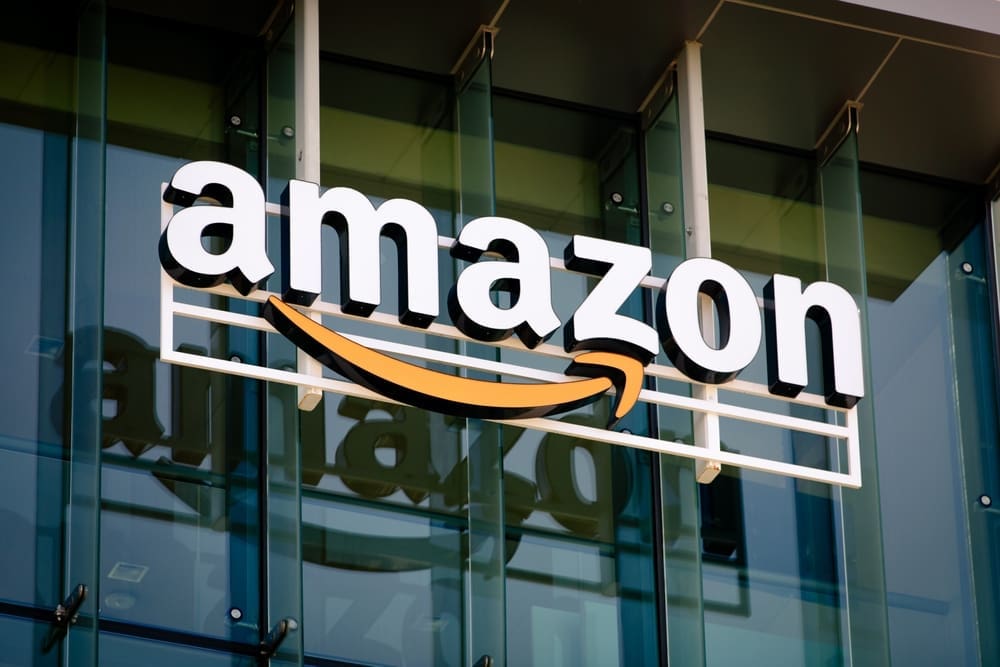In a state known for its resistance to unions, Amazon encounters a significant challenge as a new union strives to represent more than 4,000 workers in North Carolina. This development is set against a broader backdrop of growing union pressure on the e-commerce giant. The voting process, overseen by the National Labor Relations Board, spans six days, with results expected soon.
The potential formation of the Carolina Amazonians United for Solidarity and Empowerment (CAUSE) could mark a pivotal moment for Amazon, which has historically opposed union efforts across its facilities. This vote mirrors a previous victory for unions at Amazon’s Staten Island facility in 2022, illustrating a shift in employee representation demands. Yet, with North Carolina’s minimal union presence, optimism among organizers remains cautious.
Unionization Efforts in Garner
Amazon’s facility in Garner, a town near Raleigh, becomes the focal point of this unionization effort. The stakes are high for both sides, as a win for CAUSE would signify only the second successful union representation at an Amazon site in the U.S. Despite North Carolina’s low union membership, CAUSE leaders express strong confidence in their campaign’s potential.
The tension between Amazon and its workforce is palpable. Amazon has invested significant resources to maintain its union-free stance, including flying in personnel and deploying strategic communications. This resistance underscores the broader challenge faced by workers seeking higher wages and improved conditions.
Eileen Hards, an Amazon spokesperson, maintains that the company provides competitive pay and benefits that rival union requests. However, union advocates argue that Amazon’s starting wage of $18.50 is not sustainable for Raleigh’s cost of living, pushing for a raise to $30 per hour.
Amazon’s Union Opposition History
Amazon’s history with unions is fraught with opposition. The Staten Island facility’s union win has been legally contested for years, delaying contract negotiations. This legal strategy reflects Amazon’s stance on unionization: delaying and challenging results that favor union presence.
Union representation at Amazon has been vigorously resisted, with legal battles and appeals prolonging any final resolutions. The company argues that previous elections were improperly influenced, thus not representing the majority view of its workforce.
Despite these hurdles, organizers in North Carolina gain strength from other unions nationwide. Their independent status, separate from larger entities, is touted as advantageous in a region wary of external influences.
Growing Union Support
New union efforts at Amazon aren’t isolated. Workers at a Whole Foods in Philadelphia, another Amazon entity, voted for unionization. This trend signals a growing push for collective representation within Amazon-owned companies.
Increased union activity isn’t confined to warehouses. Delivery drivers associated with Amazon have also engaged in strikes, spotlighting the diverse areas of labor seeking rights and recognition.
CAUSE filed new complaints against Amazon for unfair labor practices, a recurring theme for the company. Previous judicial rulings have often sided against Amazon, necessitating election reruns.
Challenges Ahead for the Union
If CAUSE succeeds in North Carolina, they face a long road to actualize their goals. Negotiating a first contract can take years, especially given Amazon’s pattern of contesting union elections.
The persistent legal battles indicate a deeply entrenched resistance within Amazon. Workers and organizers must prepare for sustained efforts to achieve their aims, mirroring historic civil rights movements.
Reflecting on past successes and failures, organizers acknowledge the fight for fair treatment is ongoing. They remain resolute, perceiving their battle as a necessary struggle for rightful employee recognition.
Amazon’s Economic Influence
Amazon’s immense financial capacity poses a significant challenge for unions. With a market valuation of $2.4 trillion and substantial annual profits, the company wields enormous influence over labor negotiations.
The profits earned by Amazon starkly contrast with the economic stresses faced by its employees. As the company thrives, the drive for a living wage and equitable conditions intensifies.
Organizers emphasize the social responsibility Amazon carries given its economic stature, pushing back against narratives that justify minimal wage standards.
Worker Sentiments and Human Rights
Workers demand more than just a salary increase. There is a call for recognition of their humanity and contributions beyond their labor value.
Amazon workers describe feeling like “robots”, emphasizing a desire for holistic workplace improvements. Human rights and dignity are central to their unionization message.
This movement is about more than economic improvement; it’s a plea for respect and acknowledgment from one of the world’s largest corporations.
Legal and Political Implications
Legal battles related to unionization at Amazon are closely watched, with implications extending beyond individual facilities to broader labor relations.
The political atmosphere influences these processes. Past presidential actions have altered labor board compositions, affecting case progressions and outcomes.
The NLRB’s role becomes critical in shaping the future landscape of unionization, underscoring the interconnection between law, politics, and labor rights.
Community and Cultural Dynamics
In North Carolina, cultural factors play a pivotal role in union efforts. The state’s history of skepticism toward external entities shapes CAUSE’s strategic approach.
The union’s local roots provide an advantage in countering Amazon’s narrative of outsider influence, broadening regional support.
This cultural dynamic enriches the unionization story, highlighting the complexities at the intersection of national corporations and local communities.
Industry Impact and Future Outlook
Success in Garner could ripple across Amazon’s operations nationwide. It would serve as a precedent, empowering workers in similar facilities to pursue unionization.
Analysts watch these developments closely, considering their potential to reshape industry standards and labor relations.
As union efforts against Amazon evolve, the outcome of this North Carolina vote stands as a barometer for future change within the sector.
The unionization challenge at Amazon’s Garner facility represents a significant moment in labor relations. As the votes are counted, both sides brace for outcomes that could redefine workplace dynamics at Amazon and beyond.








